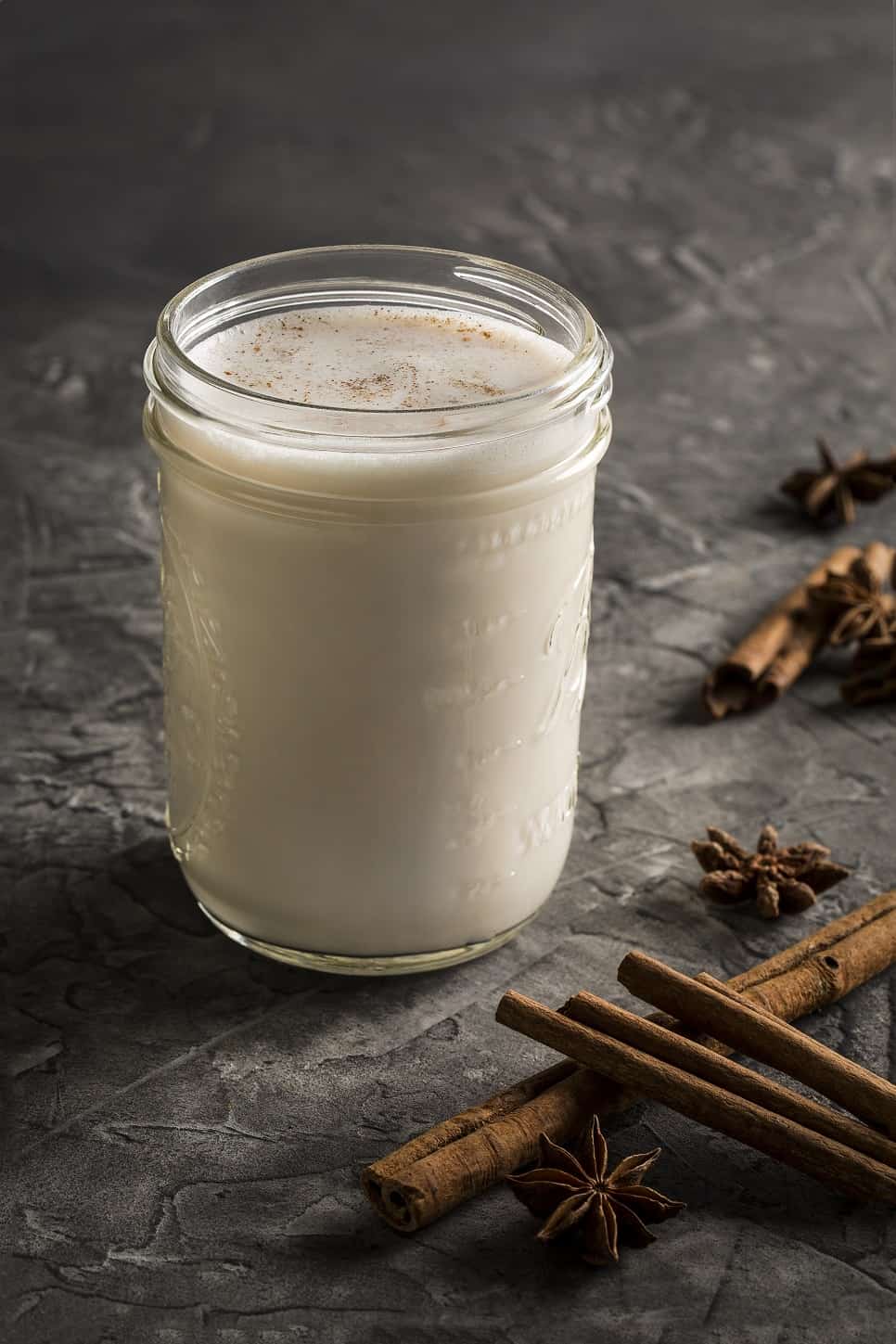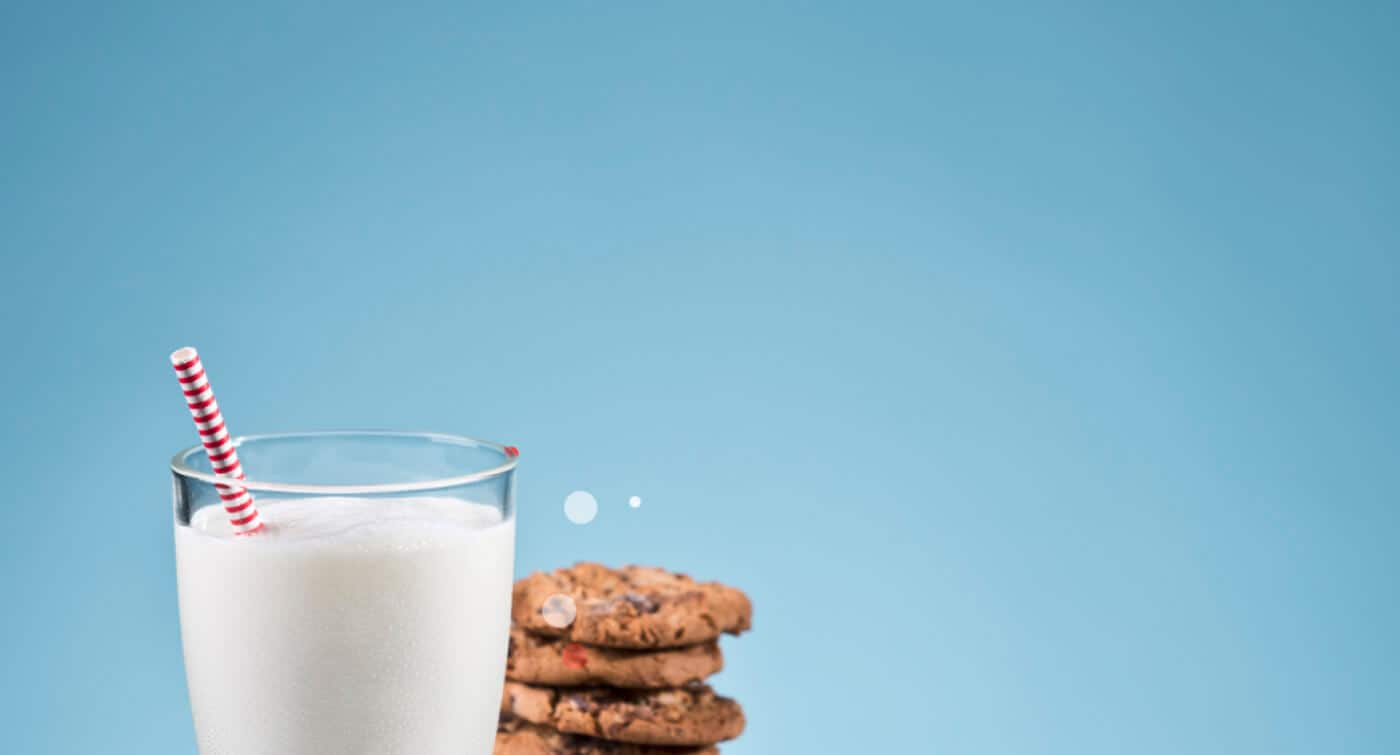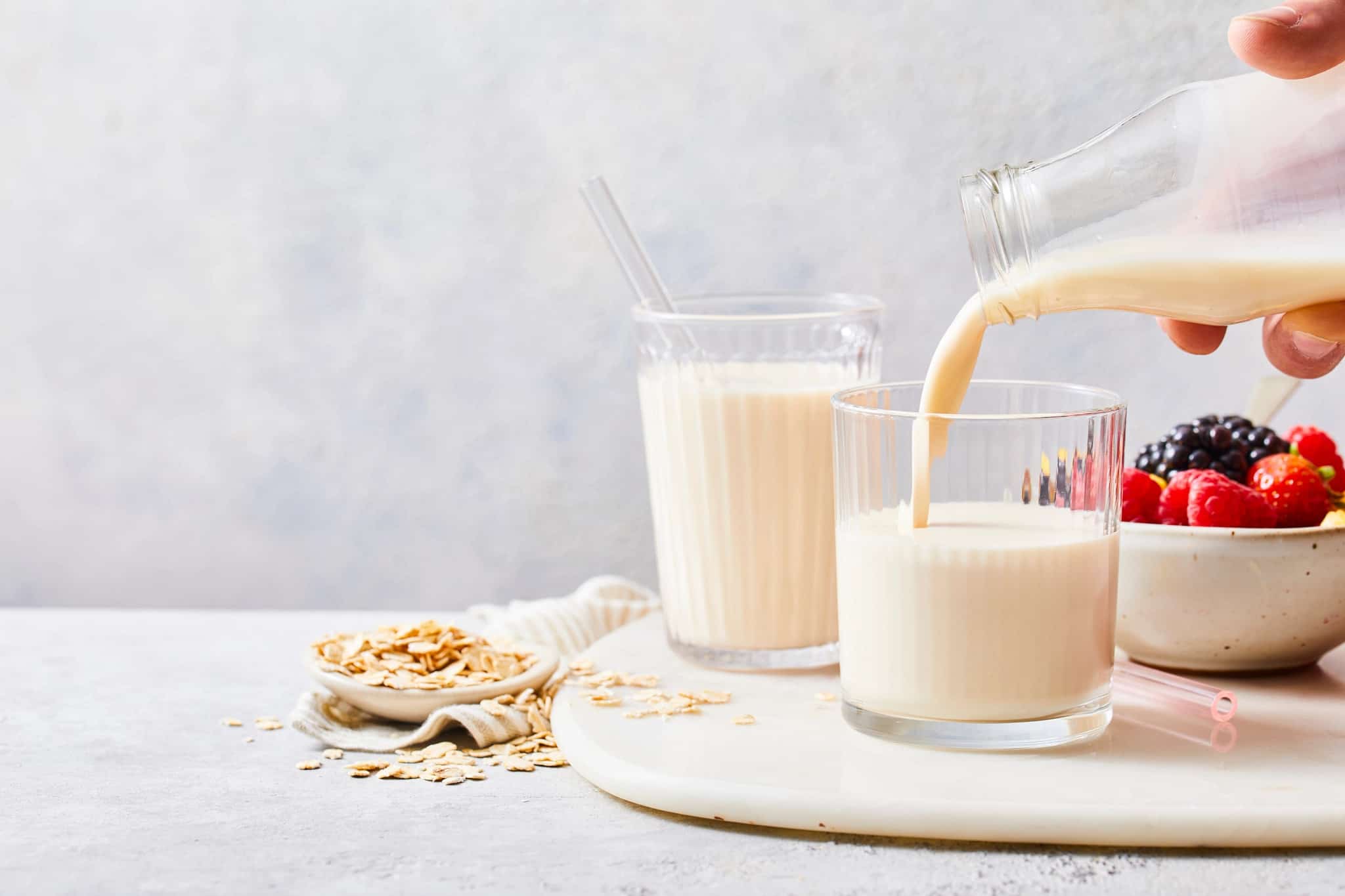The popularity of dairy drinks has stimulated appetite for non-dairy beverages as consumers in Asia explore healthier, sustainable dairy alternatives, says Jie Ying Lee, Senior Strategic Marketing Manager for Radicle plant-based solutions, Kerry Asia Pacific, Middle East & Africa
Dairy and dairy alternative boom in Asia
Kerry’s 2021 global consumer research shows that immune and digestive health, as well as bone and joint support are the top three reasons for buying healthy lifestyle products in this region. According to the research, consumers ranked both dairy and alternative dairy food and beverage products as excellent sources of digestive, immune, and joint health benefits—specifically, spoonable yogurt and dairy and dairy alternative drinks.
In 2020, Asia Pacific, Middle East and Africa (APMEA) made up 50% of the global dairy beverages retail volume sales, according to a Euromonitor report, with Asia set to lead global dairy market sales, especially in new dairy beverage product launches. In tandem with consumers enjoying dairy comes rising interest in dairy alternatives, particularly among those who are lactose intolerant, a condition that affects 85% of the APMEA population.
Couple that with more people adopting a flexitarian diet and exploring plant-based foods, it is no surprise that consumers in Asia are increasingly turning to lactose-free dairy beverages that can be easily introduced into their diets.

Besides the perception of plant-based being better tolerated by the body, more than half of global consumers associate plant-based milk with being nutritious. Case in point: product launches with plant protein claims are up by 21%. The APMEA market is already predicted to hit a 9.22% Compound Annual Growth Rate (CAGR) as plant-based drinks become popular in the region.
When it comes to innovation in this space, F&B brands and manufacturers can consider producing plant-based beverage products that not only match the same nutritional benefits consumers look for in dairy, but have boosted nutritional value through added science-backed functional ingredients that support digestive and immune health, two other benefits that are important to consumers.
Taste is king but popular flavours are a local preference
Delicious taste is the deal-breaker. An Innova study on the science of beverages in APMEA showed that flavour (48%) is the top reason a consumer would buy a product. This is followed by cost (47%) and health (40%). In 2020, flavours that continue to be popular in new milk launches include strawberry, banana, vanilla and chocolate.
While 75% of Asian consumers rate great taste as essential, culture matters, and the flavours consumers enjoy in one country may not be a favourite in another.
A Kerry study of consumer tastes and preferences profiling iconic fresh milk in China, Australia, India, Thailand and Japan, showed a wide range of ‘preferred’ fresh dairy tastes. Earthy, fresh-from-the cow taste are enjoyed by consumers in India and China, while creamy, buttery milk with a hint of vanilla is the pick of consumers in Australia and Japan. Meanwhile, those in Thailand and Korea enjoy their milk fresh but less creamy and slightly watery.

The study also showed how customisation to suit local tastes is important, how first taste impressions can be a big factor, combined with balanced and full-bodied flavour, the right mouthfeel, no off-flavours and minimal aftertaste, in winning over consumers.
Oat milk gets the thumbs up
When it comes to plant-based milk, soy continues to reign in Asia. But increasingly, soy is seeing competition from oat milk. Globally, the oat beverage market is reportedly worth $4 billion as of 2020.
In Thailand, 55% of consumers say they prefer oat milk as a ready-to-drink and 41% of Australians like their tea and coffee with oat milk. In Australia, where plant-based beverages have gone beyond soy, almond and coconut milk, Euromonitor projects plant-based drinks in the region to hit $423 million in 2025 with a 4.9% CAGR.
Consumers in China drink oat milk up to three times a week as they perceive it as healthier and with that comes the thirst for new flavours and drink experiences, with more cafes including fruit-, vegetable- or floral-flavoured oat milk into their menus.
Why is oat milk becoming a consumer choice? This comes down to its compatibility with coffee, its creamy texture and similarity to dairy milk. Oat milk is a market game-changer because it can deliver the same type of drinking experience in a latte for instance, but is 100 per cent plant-based.

It is also a sustainable plant base that delivers on taste, nutrition and environmental goals. According to data from Poore & Nemecek, switching from dairy milk to oat milk in a regular-sized latte can reduce carbon emissions by half.
Today’s consumer has a discerning, sophisticated palate. They want food and beverage products to be natural or made with real ingredients. They also want more fibre. Beverage innovation in dairy alternatives is a very hot space that is clearly moving into a functional, targeted type of personal wellness. Soon, we can expect to see beverage manufacturers offering dairy alternatives, like oat milk, for different age groups and lifestyles, for health benefits in sport recovery, right down to customised compatibility with coffee. Take for instance how the plant-based instant mix market is set to grow by 40% from 2021 to 2025, with plant-based beverages influencing the 3-in-1 instant coffee space (the plant-based technology is in the creamer component of the instant mix). Ultimately, it boils down to creative innovation and how and to what extent brands or manufacturers want to differentiate themselves in the region’s fast-growing plant-based space.
Learn more about Radicle™ by Kerry plant-based solutions for dairy alternatives.





